Elon Musk’s Neuralink brain chip technology is one of the most groundbreaking innovations in neuroscience and artificial intelligence. Designed to connect the human brain directly to computers, Neuralink promises to revolutionize healthcare, communication, and even human cognition. But how does it work, and what could it mean for the future?
Let’s explore the science, benefits, risks, and future of Neuralink.
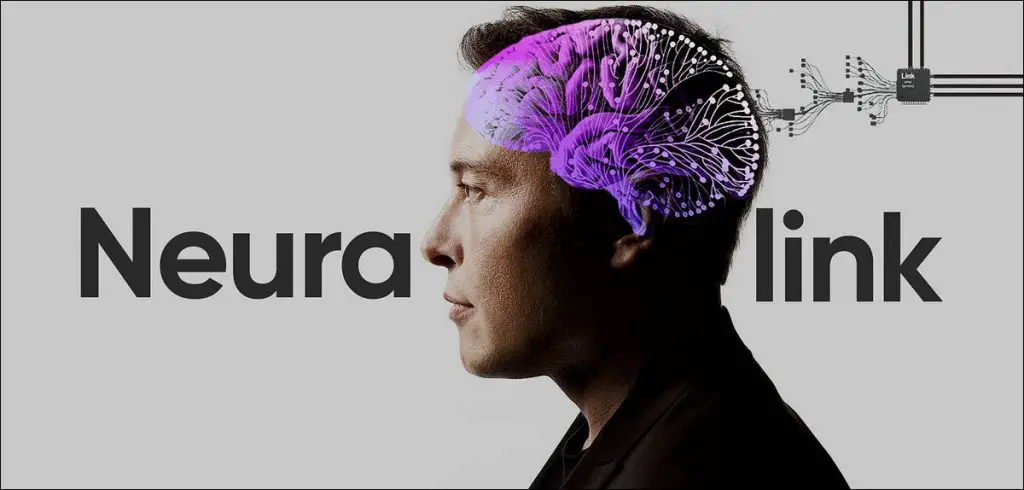
What Is Neuralink and How Does It Work?
Neuralink is a brain-computer interface (BCI) company founded by Elon Musk in 2016. The company’s goal is to develop ultra-thin brain implants that allow humans to interact with computers, devices, and even artificial intelligence through neural signals.
The Science Behind Neuralink
The Neuralink chip is a small implantable device equipped with microscopic electrodes that attach to neurons in the brain. These electrodes record brain signals and transmit them to a connected device, enabling:
✔ Hands-free communication using thoughts
✔ Restoration of motor functions for disabled individuals
✔ Enhanced cognitive abilities through AI integration
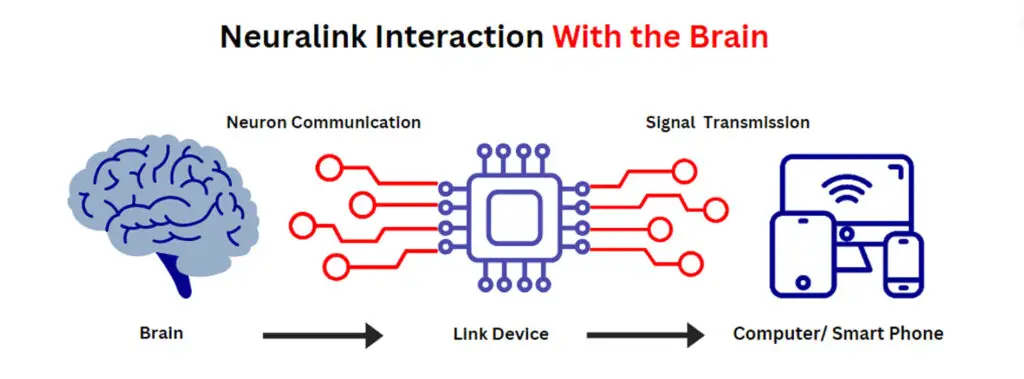
Potential Benefits of Neuralink Brain Chip Technology
Neuralink could bring significant advancements in healthcare, communication, and human performance.
Medical Advancements
Neuralink is designed to help individuals suffering from:
✔ Paralysis – Enables movement through brain-controlled prosthetics
✔ Blindness & Deafness – Could restore lost vision and hearing
✔ Neurodegenerative Diseases – May help treat Alzheimer’s, Parkinson’s, and epilepsy
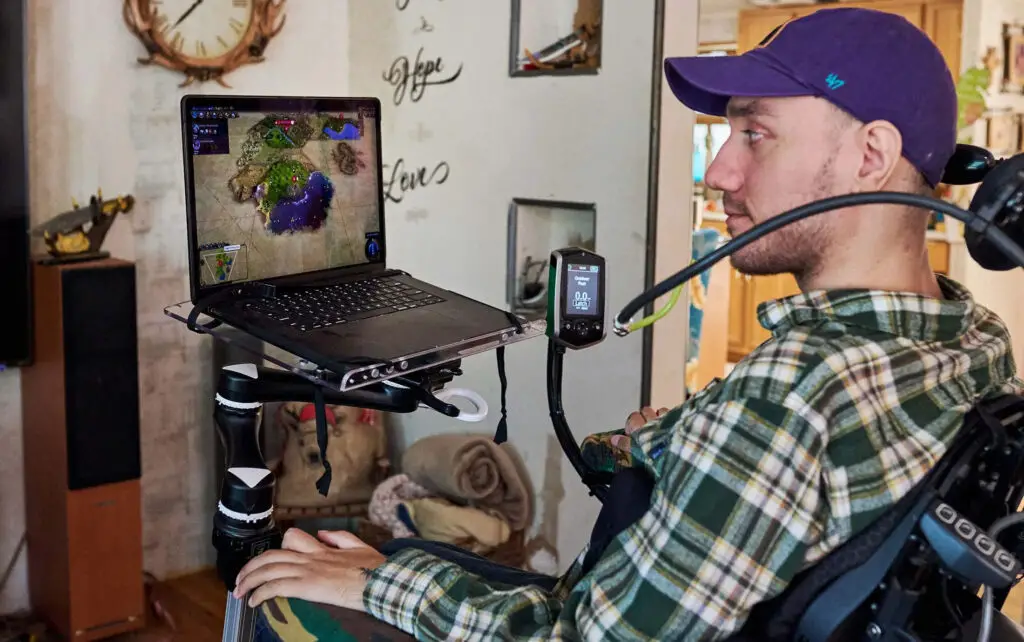
AI Integration and Human Enhancement
With AI integration, Neuralink could enhance cognitive abilities, including:
✔ Faster learning – Direct knowledge transfer to the brain
✔ Enhanced memory – Improved data retention
✔ Mind-controlled devices – Hands-free interaction with technology
The Risks and Ethical Concerns of Neuralink
Despite its potential, Neuralink brain chip technology raises concerns.
Health Risks & Surgical Complications
✔ Brain injury – Implanting electrodes could damage brain tissue
✔ Infections & rejection – The body may reject the implant
✔ Long-term effects unknown – Potential cognitive side effects
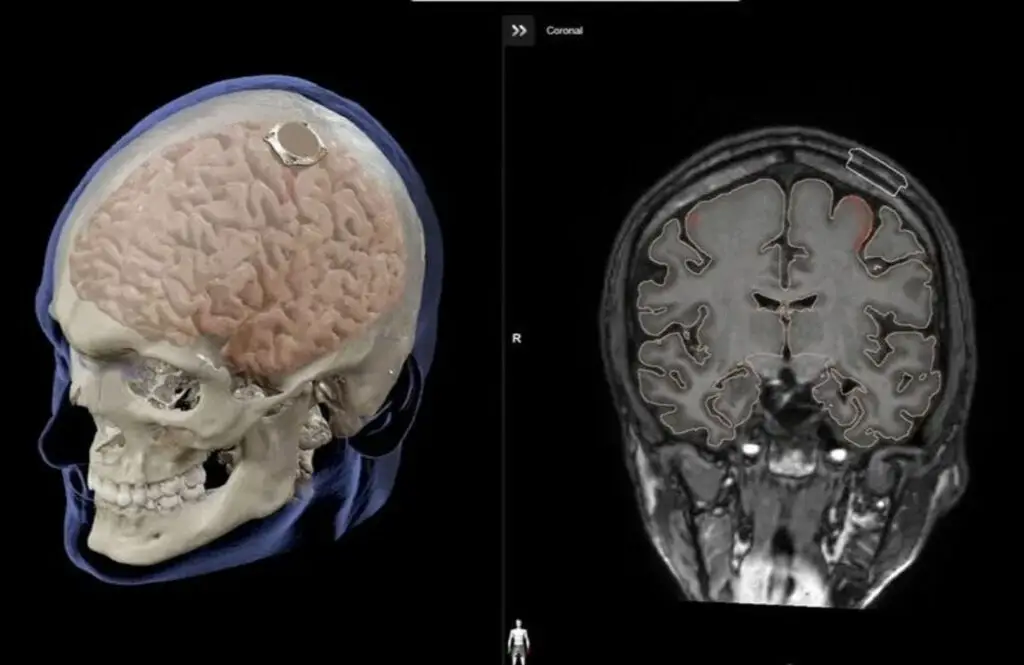
Privacy & Security Issues
✔ Brain hacking threats – Could hackers access a user’s mind?
✔ Data privacy concerns – Who owns the brain’s data?
✔ Control & ethical dilemmas – Could it lead to a loss of free will?
Neuralink vs Other Brain-Computer Interfaces (BCIs)
Neuralink is not the only brain-computer interface in development. Competitors include:
| Company | Technology Focus | Key Features |
|---|---|---|
| Neuralink | Human-Computer AI | Ultra-thin electrodes, AI enhancement |
| Blackrock Neurotech | Medical BCIs | Restores motor function |
| Kernel | Cognitive Enhancement | Boosts memory & learning |
When Will Neuralink Be Available?
Elon Musk has claimed human trials will begin in 2024, but regulatory approval could take years. Experts predict widespread availability by 2030.
📌 Outbound Link:
For official updates, visit Neuralink’s website.
Want to chat? CONTACT US HERE!

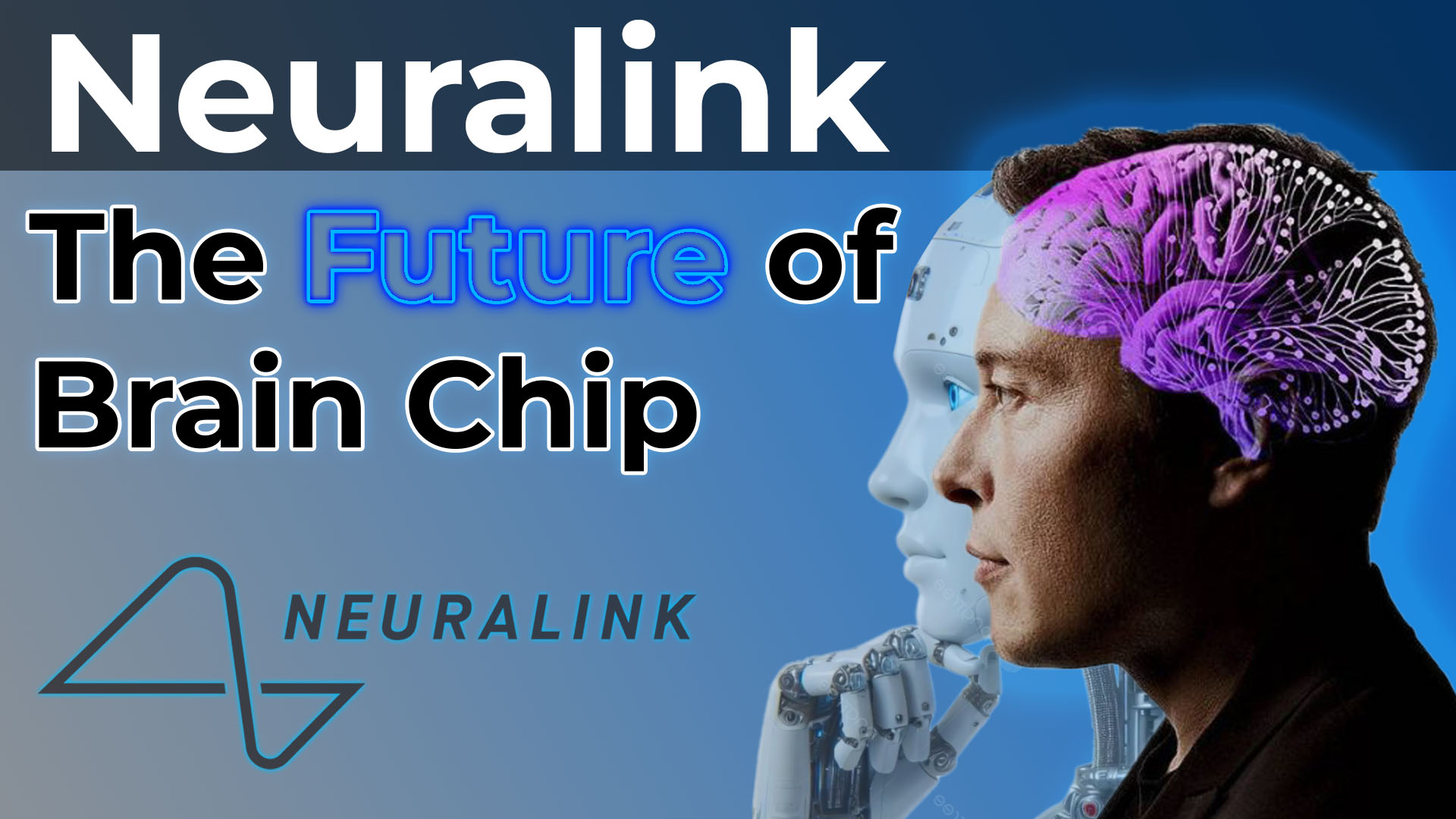



Wow wonderful blog layout How long have you been blogging for you make blogging look easy The overall look of your site is great as well as the content